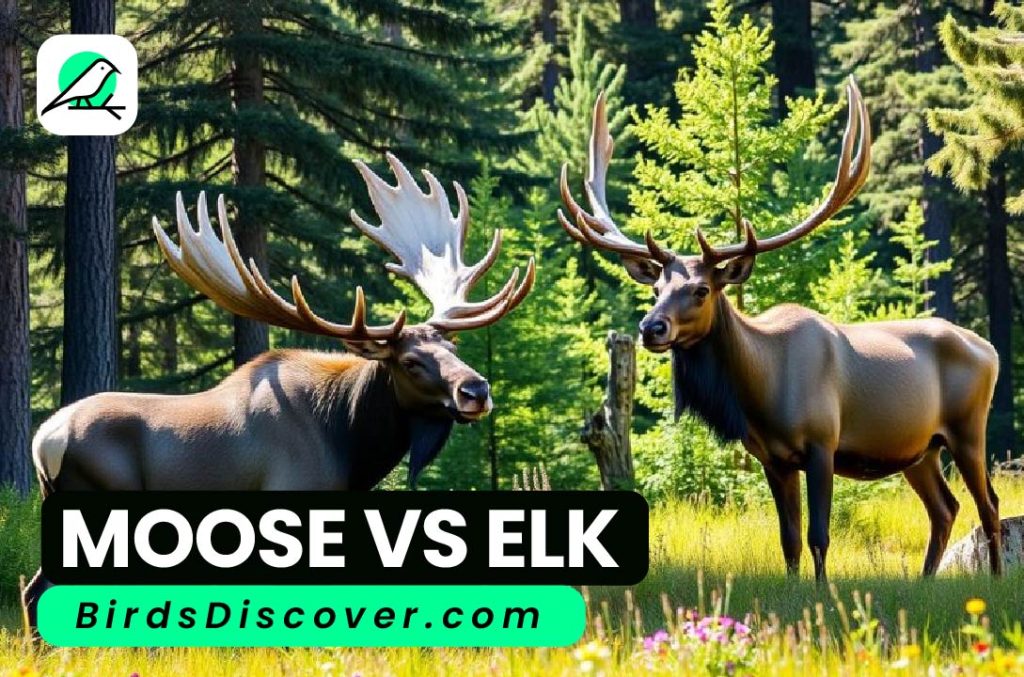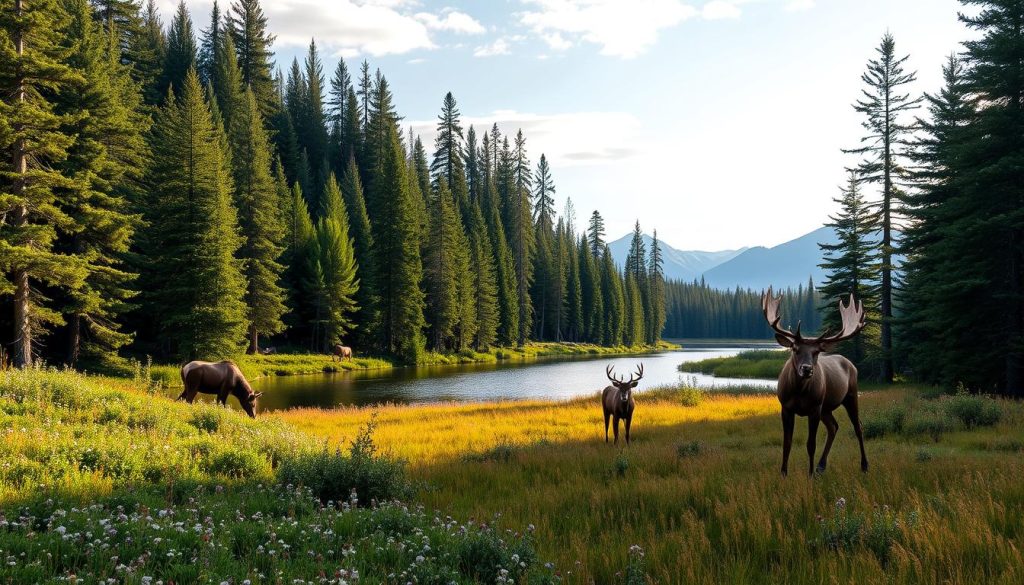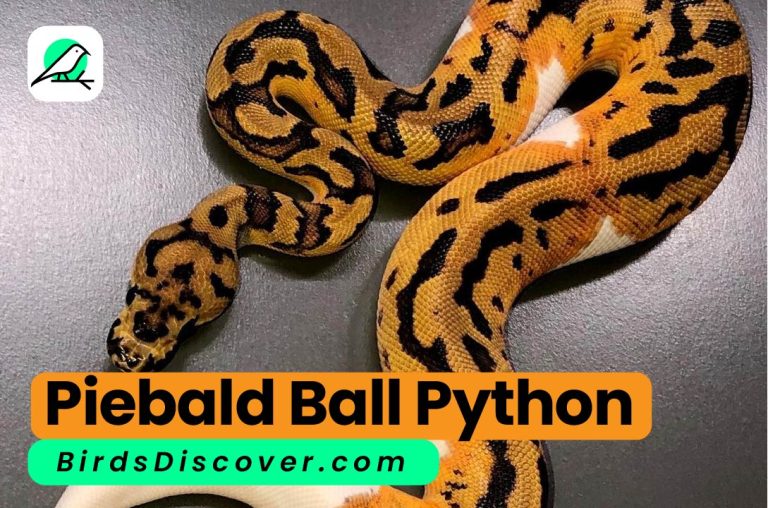Moose vs Elk: Comparing North American Giants
Moose vs Elk In North America two huge animals. These massive deer-like creatures have big bodies and impressive antlers. They fascinate many, from scientists to outdoor lovers. We’ll explore their physical traits, where they live, how they act, and their numbers.

- Height: 5-6.5 feet
- Weight: 800-1,600 lbs
- Diet: Herbivorous
- Habitat: Northern forests
- Height: 4.5-5.5 feet
- Weight: 500-1,100 lbs
- Diet: Herbivorous
- Habitat: Forests and grasslands
Key Takeaways
- Moose and Elk are two of the largest cervids found in North America, with distinct physical and behavioral differences.
- Moose are known for their massive bodies, long legs, and distinctive paddle-like antlers, while elk have a more slender build and branching antlers.
- Moose and elk inhabit different ecological niches, with moose preferring wetland and boreal forest habitats, and elk thriving in more open, mountainous regions.
- Hunting and habitat loss have impacted the populations of both species, leading to conservation efforts to ensure their long-term survival.
- Understanding the unique traits and requirements of moose and elk is crucial for effective wildlife management and preserving these natural wonders for generations to come.
Moose vs Elk: A Tale of Two Cervids
Moose and elk are the largest land mammals in North America. They look similar at first, but they have many differences. These differences show how they have adapted to their environments.
Physical Characteristics
Moose are the biggest, growing up to 7 feet tall and over 1,500 pounds. Elk are also large but not as big, reaching 5 feet tall and up to 1,100 pounds. Moose have long legs and a broad nose, unlike elk’s slender face.
Moose have a dark coat with a hump and a bell-shaped dewlap. Elk have a lighter coat with a reddish-brown color and a visible rump patch when they run.
Antler Comparison
Moose have huge, flat antlers that can be 6 feet wide and over 40 pounds. These antlers help them eat tall plants in wetlands. Elk antlers are smaller and more branched, fitting their forest habitats better.
| Characteristic | Moose | Elk |
|---|---|---|
| Average Height | 7 feet | 5 feet |
| Average Weight | 1,500 pounds | 1,100 pounds |
| Antler Type | Flattened, palmated | Branched, not palmated |
| Antler Size | Up to 6 feet wide, 40+ pounds | Up to 4 feet wide, 30+ pounds |
Elk antlers are smaller and more branched. They are better for elk’s forest habitats. These antlers help elk show dominance and find mates.
“The differences in the antler structures of moose and elk reflect their unique evolutionary adaptations and the environments they inhabit.”
Moose vs Elk: Habitat and Behavior
Moose and elk are two giants of North America, each with their own way of living. Moose live in dense forests, using their long legs and wide muzzles to move through thick plants. They eat aquatic plants and woody vegetation. Elk, however, prefer open spaces like grasslands and alpine areas. Their smaller size and sharp hooves let them run fast and eat various grasses and plants.
Moose and elk also have different social lives. Moose usually live alone, except when they mate. Elk, however, live in groups that can have hundreds of members. These groups have a clear leader and follow a strict order.

What they eat also sets them apart. Moose mainly eat aquatic plants and willows. Elk, on the other hand, eat a wide variety of plants, including grasses and forbs. This difference in diet affects where they live and how they use resources.
Moose and elk also behave differently. Moose are often alone and not very aggressive. Elk, however, show off their strength during mating season. They fight for mates and territory. This shows how they play different roles in their environments.
Population Dynamics and Conservation
The story of moose and elk populations is complex and important. Both have faced challenges, but their current numbers show interesting differences.
Moose vs Elk Population Trends
Moose numbers have seen ups and downs in North America. In some places, they’ve stayed steady, while in others, they’ve dropped a lot. Habitat loss, climate change, and diseases have all played a part in these changes. On the other hand, elk populations have mostly grown, with many herds expanding their territory.
Hunting and Management Strategies
Managing moose and elk populations is a big job for wildlife agencies and conservation groups. Hunting, when done right, helps keep these species in balance with their homes. Also, efforts to restore habitats and fight diseases are key to protecting moose and elk for the future.
FAQ
What are the key physical differences between moose and elk?
Moose are bigger than elk and have a unique ‘humpback’ look. They also have a big, bell-shaped dewlap under their chin. Elk are slimmer and lighter in color compared to moose’s dark, shaggy fur.
Moose antlers are wider and more palmate. Elk antlers are thinner and more branched.
Where do moose and elk typically live?
Moose like cold, forested places like North America’s boreal forests and Scandinavia. Elk prefer open, mountainous areas like grasslands, meadows, and mixed forests.
How do the social behaviors of moose and elk differ?
Moose usually live alone, except for cows with their calves. Elk, however, live in groups, especially during the breeding season. They form large, mixed-sex groups then.
What are the population trends for moose and elk?
Moose numbers have gone down in recent years. This is due to habitat loss, disease, and climate change. Elk numbers, however, have stayed stable or grown in many places. This is thanks to good management and conservation.
How do hunting and management strategies differ for moose and elk?
Moose are hunted for their meat and hides. There are rules to keep their numbers healthy. Elk are also hunted, but their management is more complex. It involves managing herds to prevent overgrazing and conflicts with humans.







